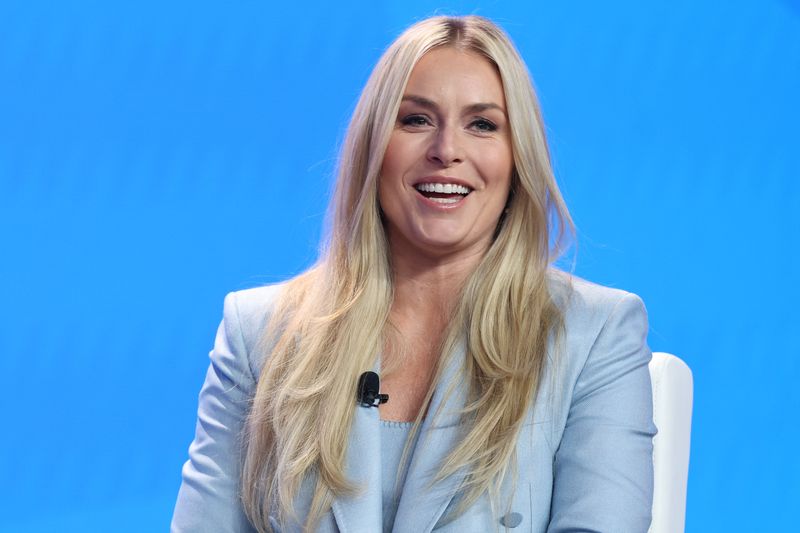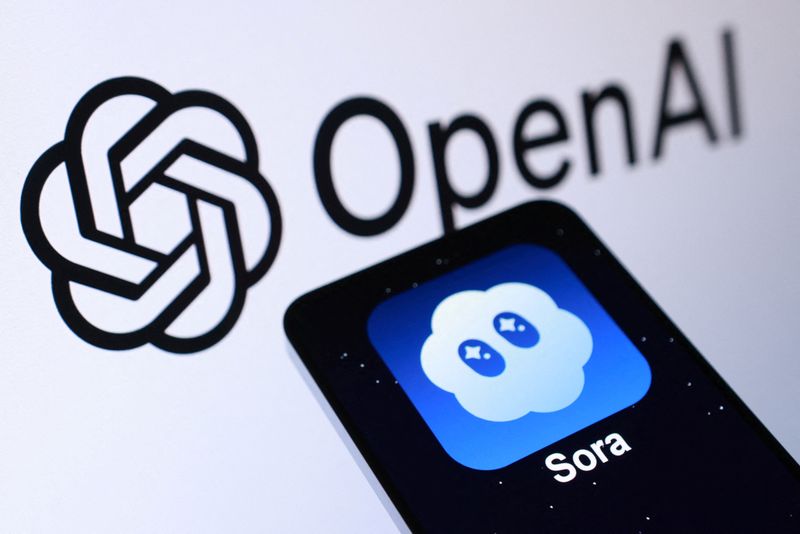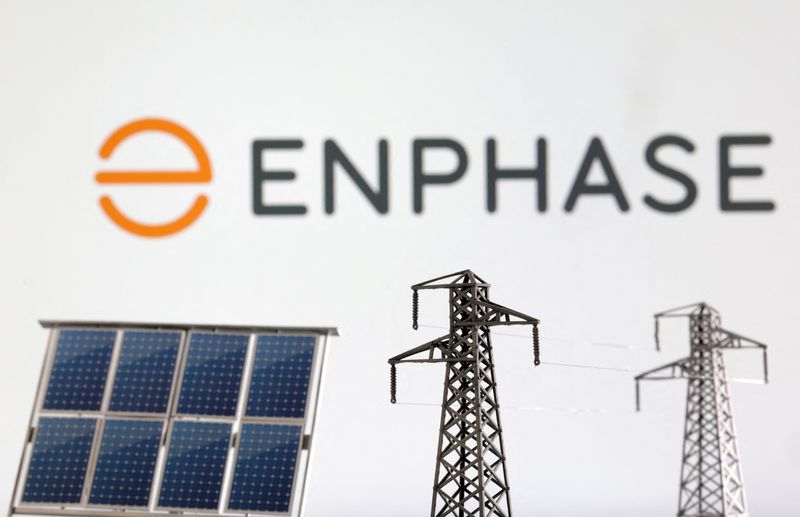What's Happening?
In 2025, Halloween marketing campaigns have taken a new direction by focusing on emotional storytelling. Brands such as Disney+, Six Flags, and Gushers have crafted narratives that blend fear with humor
and nostalgia, creating experiences that resonate with audiences on a deeper level. These campaigns have moved beyond traditional scare tactics, instead opting for immersive and interactive experiences that engage consumers emotionally. The trend highlights a shift towards using fear as a means of connection, with brands creating worlds rather than moments, and emphasizing the importance of storytelling longevity over mere shock value.
Why It's Important?
The shift in Halloween marketing strategies reflects broader changes in consumer behavior and advertising. By focusing on emotional engagement, brands are tapping into the growing demand for experiences that offer both entertainment and emotional release. This approach not only enhances brand loyalty but also transforms seasonal marketing into a form of social currency, where consumers participate in and share these experiences. The trend underscores the importance of emotional accessibility and transmedia storytelling, which can amplify a brand's cultural reach and create a more inclusive and participatory consumer experience.
What's Next?
As brands continue to explore the potential of emotional storytelling, future campaigns are likely to incorporate more advanced technologies such as AI and AR to create personalized and adaptive horror experiences. This could lead to the development of 'phygital' horror experiences that blend physical and digital elements, offering consumers a more immersive and interactive way to engage with brands. Additionally, the focus on emotional resonance and participatory play is expected to drive innovation in creative technology and cross-genre storytelling, setting new standards for seasonal marketing.
Beyond the Headlines
The evolution of Halloween marketing into an emotional and participatory art form marks a significant shift in the advertising landscape. By prioritizing connection, empathy, and emotional narrative, brands are not only enhancing consumer engagement but also redefining the role of marketing in the digital age. This trend highlights the potential for emotional storytelling to serve as a survival strategy for brands in a fragmented media landscape, where creating meaningful connections with consumers is more important than ever.












